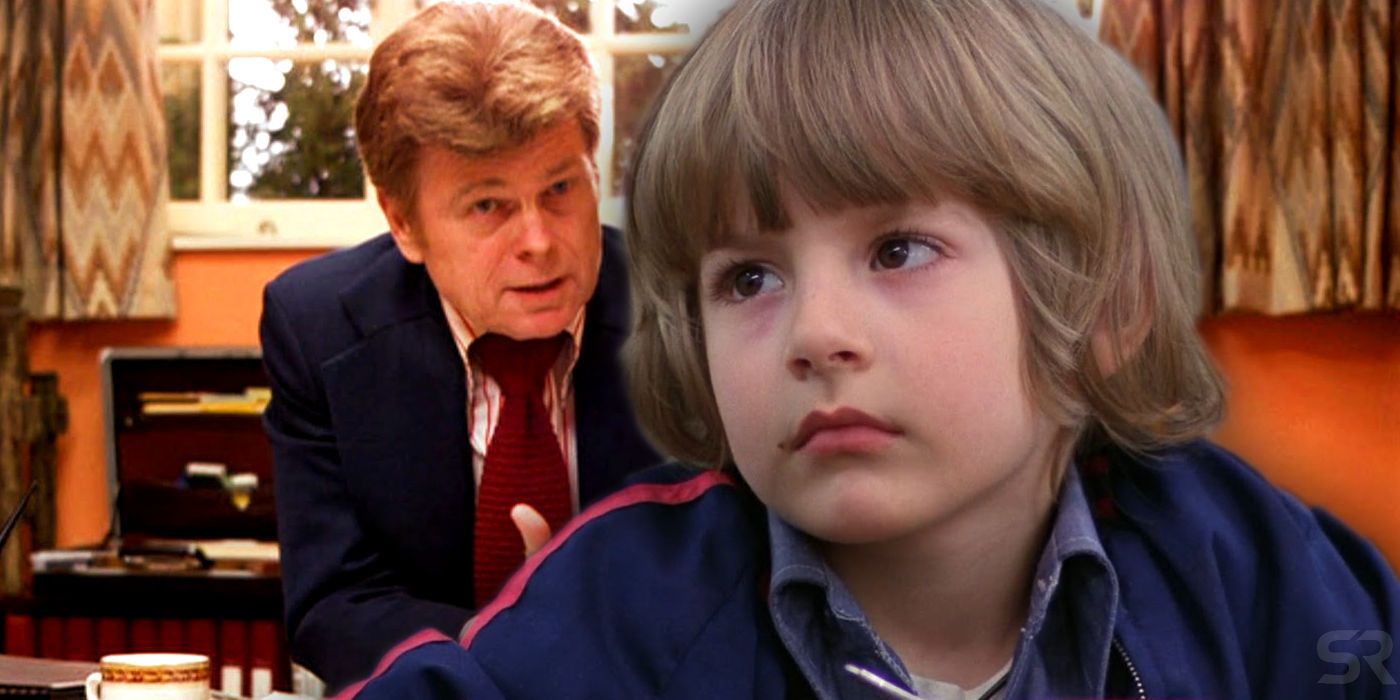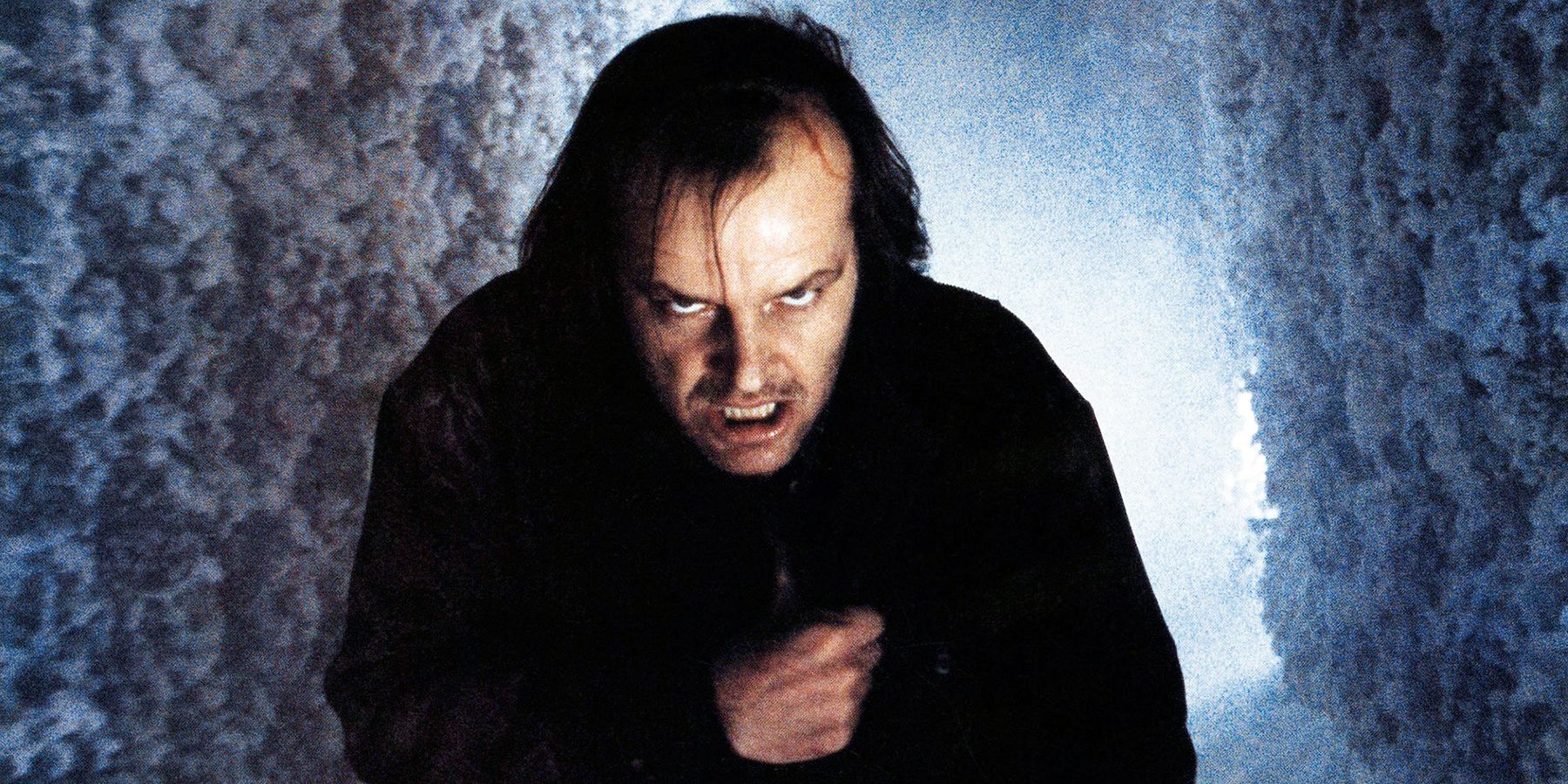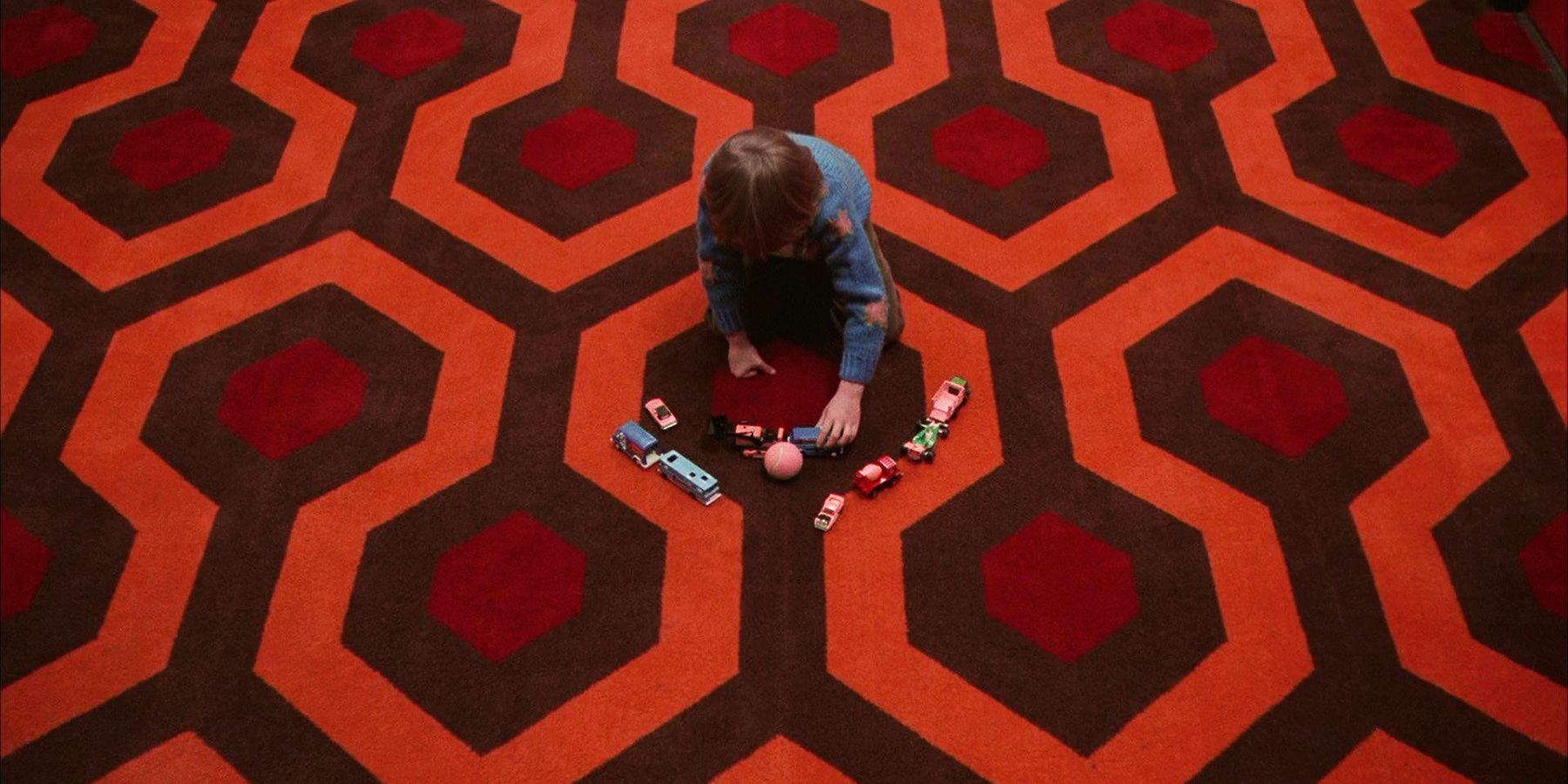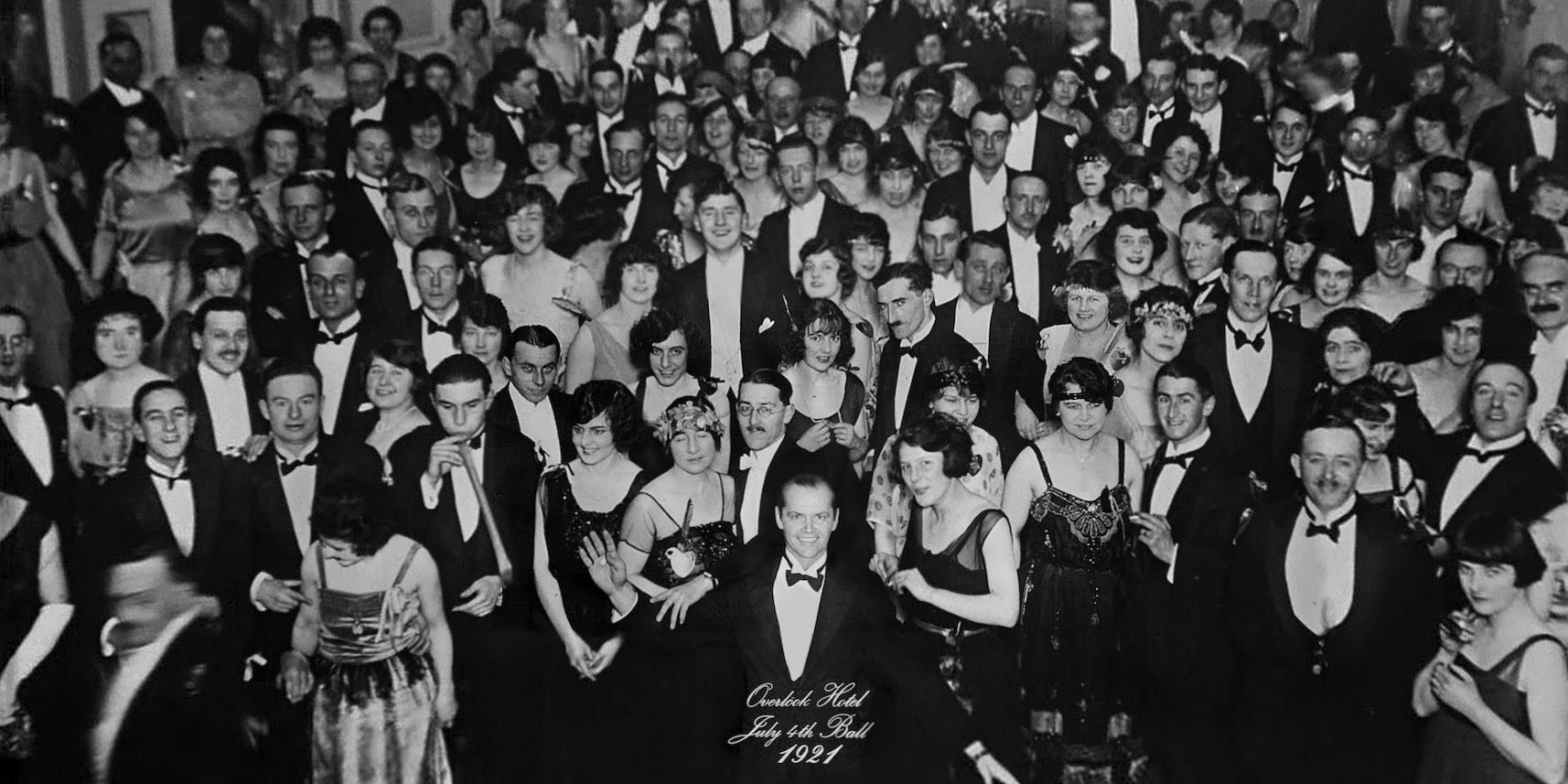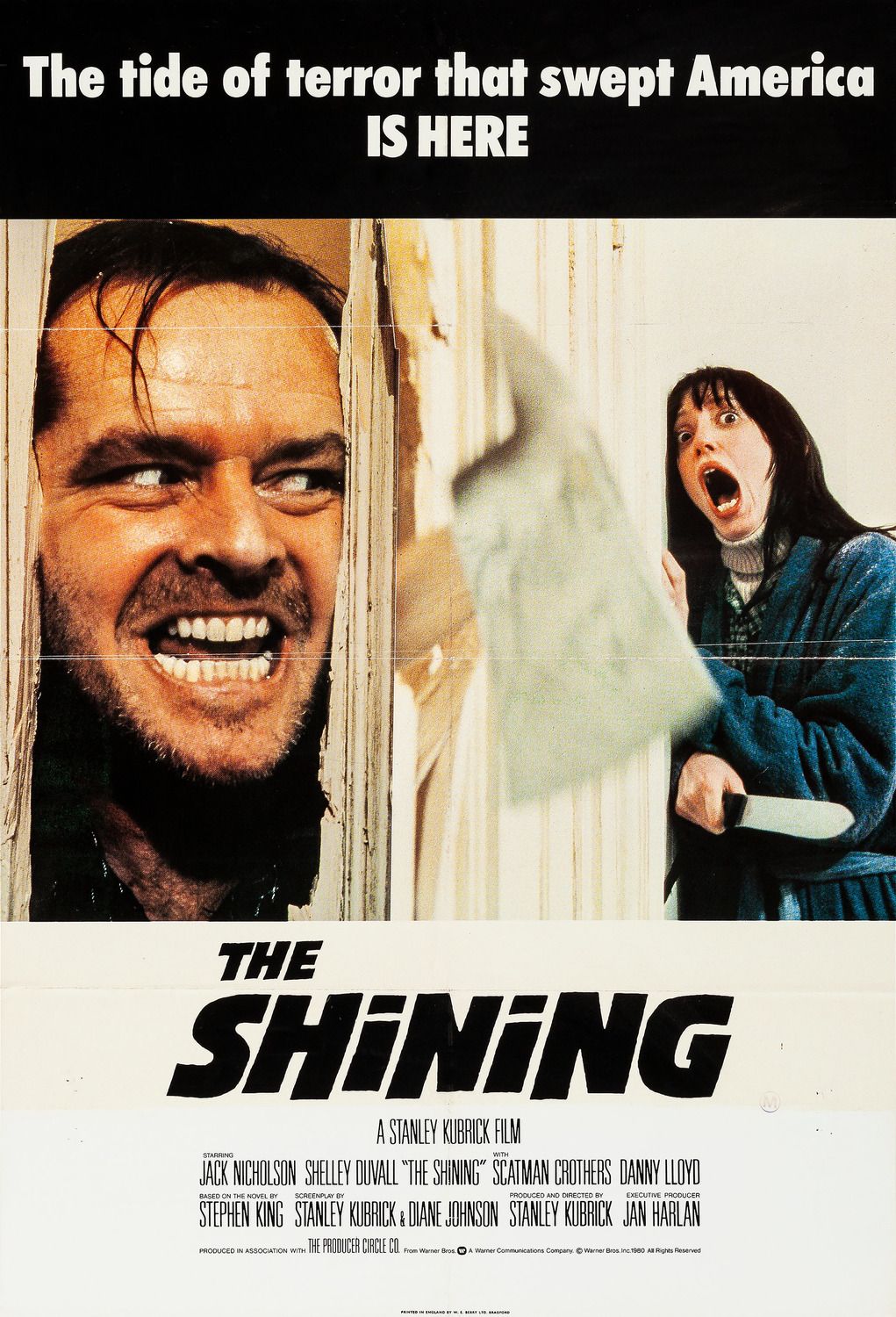Stanley Kubrick’s version of The Shining came out decades ago, and among the many details from the book that were changed for the big screen is the ending - and there’s an alternate ending that, sadly, will never be released. The Shining is Stephen King's third published novel and the one that established his name in the horror genre. It’s considered one of his best novels to date and one that has gone through all types of analysis thanks to the various themes it addresses, such as family, addiction, isolation, and mental health.
The Shining movie follows aspiring writer and recovering alcoholic Jack Torrance, who accepts a job as off-season caretaker of the Overlook Hotel in the Colorado Rockies. Jack takes his wife, Wendy, and their son, Danny, with him, but the Overlook has some secrets and dangers of its own, which along with Danny’s psychic abilities, release some supernatural forces that start affecting Jack’s sanity. The novel was famously adapted into a film in 1980 by Stanley Kubrick, and while it’s now regarded by many as one of the greatest films ever made, it wasn’t well received at first, and it had to undergo some last minute changes that affected the film’s ending.
Kubrick’s adaptation has been heavily criticized when compared to the source material, even by Stephen King himself, who has been quite vocal about his dislike towards the film. Kubrick made a lot of changes to the story so that it would fit his vision, including the ending: in the novel, Jack manages to fight the Overlook’s influence long enough for Danny to escape (who does so along with Wendy and the hotel’s cook, Dick Hallorann), and Jack dies in the hotel as this explodes due to a malfunctioning boiler. In the film, Hallorann is killed by Jack, and after chasing him through the hedge maze, Danny reunites with Wendy and they escape, leaving Jack to freeze to death. The film closes with a shot of a photograph from 1921 that shows Jack with other guests in the hotel’s ballroom. However, this wasn’t the ending that was originally shot.
Why The Alternate Ending Wasn’t Used
Stanley Kubrick was known for being a perfectionist, so it’s not surprising that The Shining went through a lot of edits since pre-production. According to executive producer Jan Harlan and screenwriter Diane Johnson (via EW), Kubrick accepted to direct the film as long as he had freedom to change whatever he wanted, something King didn’t oppose to at the time. Kubrick wasn’t on board with the novel’s ending, and thought there needed to be something that “would be metaphorically and visually more interesting”. The creative team behind The Shining considered many ideas for the ending, including killing Danny (and Wendy killing Jack in self-defense, which would have given her a lot more agency than she ended up having), and Hallorann being possessed by the hotel. Ultimately, they decided to kill Hallorann, have Danny and Wendy survive (along with the hotel), and Jack being left to his own luck in the snow.
However, there were two scenes – one prior to the third act and one at the very end – that would have given the film a very different ending. Out of these two, only the second one made it to one of the first cuts of the film, which was used as preview screening for critics. Unfortunately, the scene wasn’t well received, and Warner Bros. suggested taking it out, which Kubrick did. But unlike many other alternate endings and deleted scenes in other films, this is one that will never see the light of day, as Kubrick ordered that any unused footage be destroyed, and Warner Bros. complied. What’s left of it are four photos taken by Kubrick’s daughter, Vivian, and that’s all there is.
What's Different In The Shining’s Alternate Ending
The destroyed scene was more of an extra to the ending in the final cut, but one that would have changed it completely. The scene was set in a hospital, after Jack’s death and before the reveal of the photograph, and caught up with Wendy and Danny. The hotel’s manager, Stuart Ullman, arrived to visit and explained that there was no evidence on the hotel to support Wendy’s claims, and insisted on Wendy and Danny spending some time at his place in L.A. until they “got their feet back on the ground”. On his way out, Ullman turned around and gave Danny the same tennis ball that rolled out from Room 237 when he was playing with his toys.
The scene suggested that either Ullman was very well aware of the supernatural forces inhabiting the hotel or he was one of the ghosts – which would make sense when adding the final photograph, as it would imply that he knew Jack had to be the one for the job. It would have also reassured the audience that Danny and Wendy made it back safely and sought medical attention (much needed, not only physically but emotionally and psychologically, too), and that Ullman didn’t fully detach himself from responsibility. He was covering it all up, but at least he didn’t disappear.
This scene would have expanded a bit more on the forces of the Overlook Hotel but not to the point of solving the mystery. After all, what Kubrick wanted was to leave the audience puzzled, hence why many things were never explained. The Shining’s ending left a lot to viewers’ interpretation, mostly the photograph at the end, and the fate of Danny and Wendy was left unclear (they escaped during a snowstorm so, really, anything could have happened).
Which Ending Is Best?
The answer to that will depend on each viewer: some like films that offer an explanation on what’s going on and/or that leave no loose ends, whereas others are into more open endings and stories that require a deeper analysis. However, The Shining's original ending could have suited both situations, as it didn’t exactly offer a full explanation on what happened at the hotel but it did provide some clues through Ullman’s appearance. It also offered a bit more closure to Danny and Wendy while also leaving their life post-The Shining a mystery.
The hospital scene complemented the photograph scene. A lot has been said and theorized about the photo, the most popular fan explanation being that it was a representation of the hotel “absorbing” Jack’s soul, but Kubrick himself said that the photo actually suggests that Jack was a reincarnation of an earlier official at the hotel. This, along with the hospital scene, make Ullman an important player in the story rather than just the man who gave the job to Jack, as he surely knew what he was doing by bringing him to the hotel, either because he knew the events that can be unleashed there or because he was a ghost, possibly one that met the first Jack.
The Shining has a lot of secrets, not only within the story but behind-the-scenes as well, and it’s a shame that the ending Kubrick reportedly liked a lot was cut out because the critics didn’t like it (or get it) and the studio didn’t want to take risks. The hospital scene would have made way for a very different wave of interpretations, and it would have been specially interesting to know what Stephen King’s reaction to it would have been.

